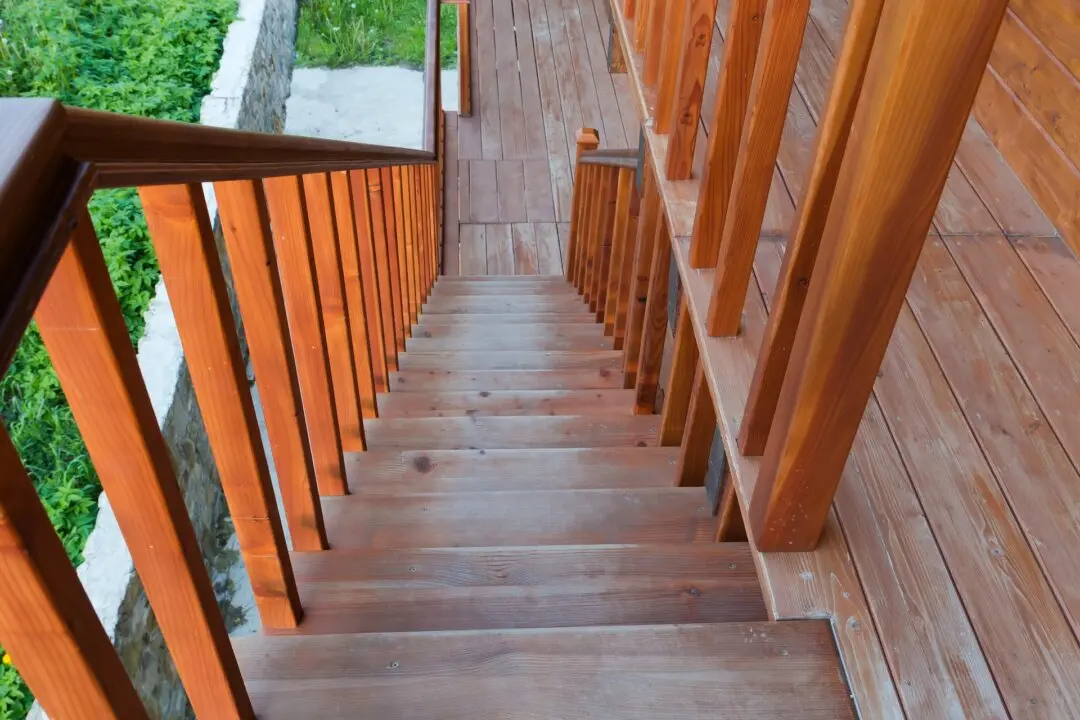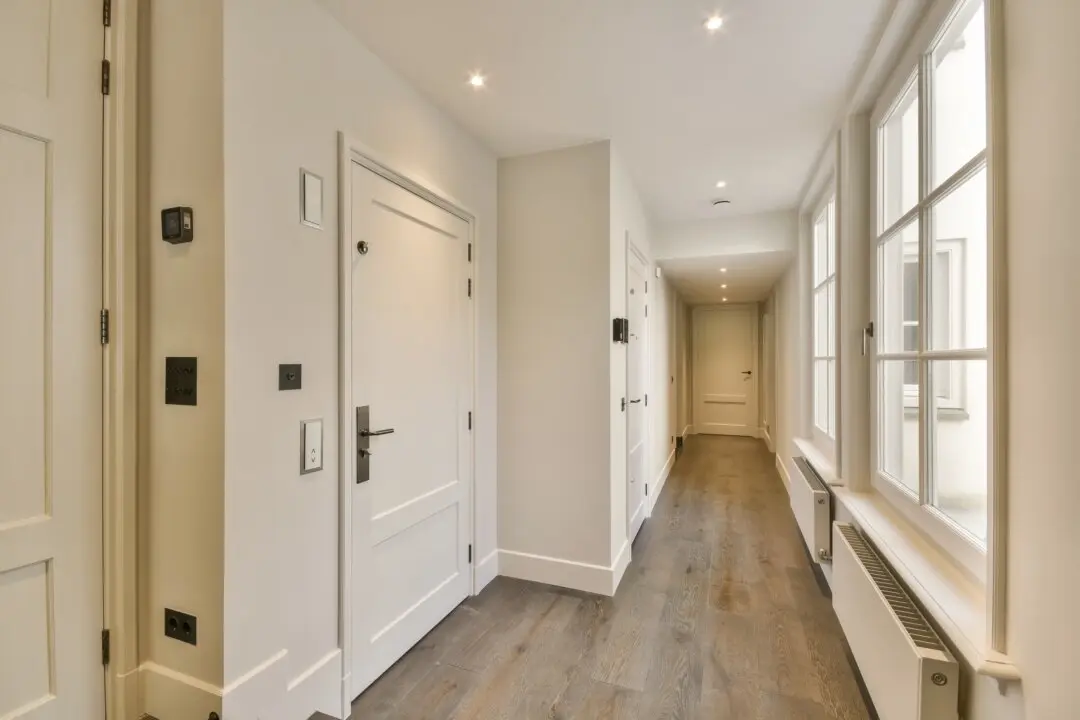Dear James: Our kitchen linoleum floor is discolored and worn but is still sound. Can a linoleum floor be refinished with paint, and can I do it myself?—Nora H.
Dear Nora: Yes, a linoleum floor can be painted with a solid color or a unique pattern. People often rip out linoleum because it is scuffed and worn but otherwise still in good condition and can be painted. The cost of the paint is much less than that of having a new floor installed.





